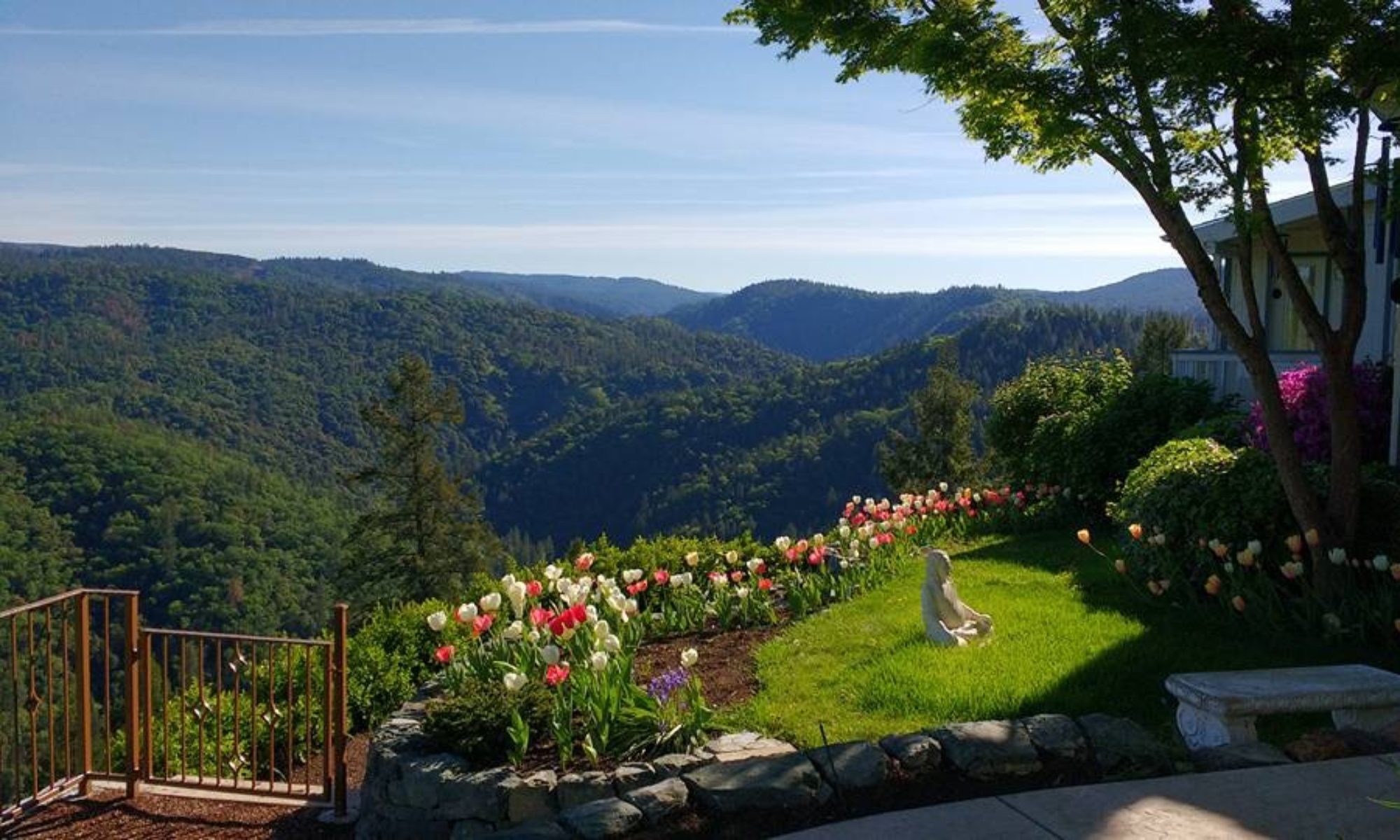
The below excerpt was posted on Facebook today by a friend. I’ve read it before, of course, but it was especially powerful reading it today — the 75th anniversary of the day Swami Kriyananda took discipleship from Paramhansa Yogananda.
The accompanying photo of Swamiji’s meditation room in his apartment at Crystal Hermitage also touch me deeply.
So, I decided to share both in today’s blog post.
A devotee was marveling at Swamiji’s many accomplishments. “In one lifetime you’ve done the work of ten men!” she said.
“Perhaps you’re right,” Swamiji said quietly. “Nothing I have done is important, however, except to the extent that it has helped people individually to deepen their love for God.
“At the end of this life, the only thing that will matter to me is ‘Have I been a good disciple?’”
— From the final chapter of Swami Kriyananda As We Have Known Him by Asha Nayaswami

